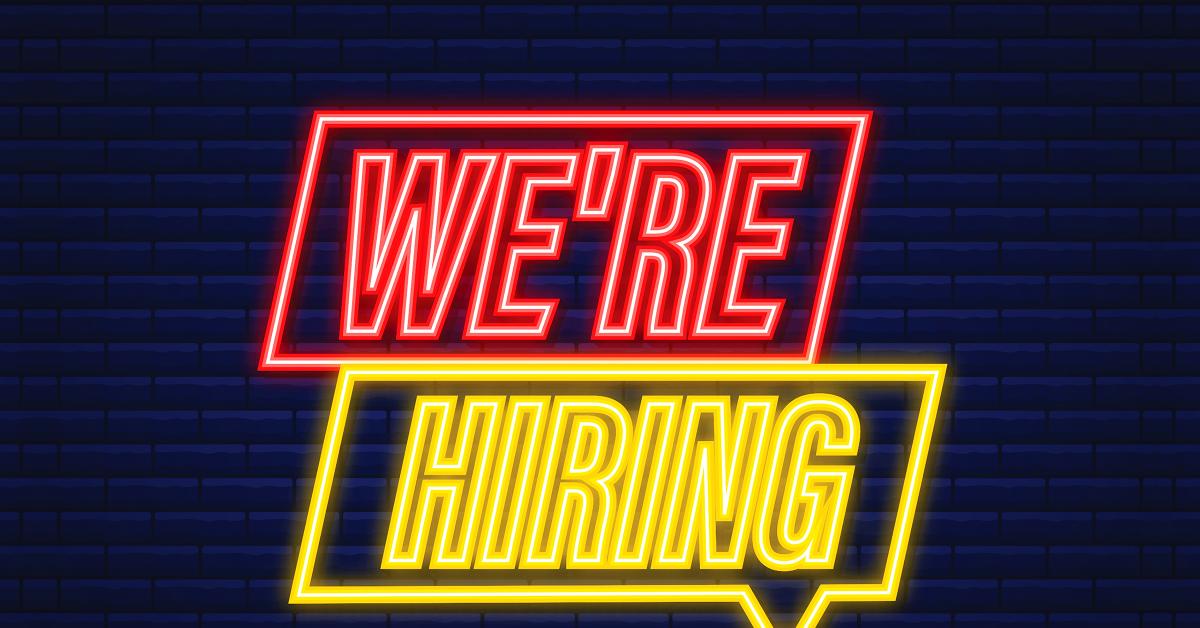CHICAGO — While a new year can bring an unspoiled calendar that could be full of potential, the past few years have taught the drycleaning industry to be constantly on guard for shifting economic conditions and consumer behavior. So, what will 2023 bring?
In Part 1 of this series, we looked at some of those challenges that are lingering, and what the economic indicators are predicting for 2023, and in Part 2, we examined where we are as an industry, and how the new year might play out. Today, we’ll continue as we cast our gaze at one of the biggest headaches that 2022 brought — a tight labor market — and how that might evolve in the coming year.
Finding Labor or Finding Alternatives
Perhaps the biggest holdover from 2022 for dry cleaners will be dealing with the dwindling pool of labor — and paying more for the labor they can find.
“Right now, trying to manage higher costs in operating their business, and recruiting and retaining employees are the two biggest challenges facing small-business owners,” says Holly Wade, executive director of the National Federation of Independent Business (NFIB) Research Center. “Owners are having to adjust business operations and increase their prices to absorb higher compensation, and inventory and supplies costs.”
“The biggest factor now is wages,” says economist Chris Kuehl, managing director of Armada Corporate Intelligence. “For a small business, that’s killer. They can kind of adjust to the supply chain and oil prices, but if their cost of labor keeps going up, they know that is a permanent problem — once you have to pay people more, you can’t go back.”
“The concern over the labor market hasn’t changed,” says Mary Scalco, CEO of the Drycleaning and Laundry Institute (DLI). “With the Amazons of the world driving up the lower end of the pay scale, I don’t see that coming down. I think the whole mindset of the entry-level employee has changed. I think they expect certain things, and I don’t think those expectations are going to go away. Some people say they will, and the labor market will become easier, but I don’t think so.”
Kuehl agrees with this assessment.
“It’s going to continue to be tight for a long time,” he says, “and the thing that has been driving the labor shortage is simply the retirement of the baby boomers. By 2030, we will have lost a grand total of 70 million boomers — every last boomer will have been at retirement age by then. It’s an issue that’s been coming for a long time, but there’s not been a particular reaction on the part of anybody to address the concern, and there’s no simple solution.”
Younger generations, Kuehl believes, don’t follow the same playbook when it comes to employment as groups in the past, and employers need to accept that fact.
“The glib response of people who don’t understand is, ‘Well, train your own people.’ Most dry cleaners are small, and they can’t afford to hire somebody with no background, no skills, and specifically these days, not a lot of work ethic. And then you’ve got the whole issue of the gig economy, where people can find ways to make a living outside of the traditional job. They can Uber and Lyft and DoorDash.”
Christopher White, executive director of America’s Best Cleaners (ABC), has also seen this change in the workforce.
“Historically, when we would hire people, we were fortunate that we would get people that would stay within the industry for years to decades,” he says. “And what we’re seeing now is a four- to six-month turnover of employees, whether it’s front end or back end, is becoming commonplace. And that’s just because they get in, they think they want to do it, and then another opportunity arises somewhere else that’s not so dirty or dusty.”
Kuehl believes that there are two reactions to a challenging labor market.
“One has been to try to find as many alternatives to labor as possible,” he says. “We’ve seen robots, technology, automation and everything under the sun trying to reduce that labor cost. The second thing is trying to get maximum productivity out of the workforce that you have. That has been very tricky. It’s difficult to suddenly start training people to do different things. It’s forcing a lot of small businesses, particularly in dry cleaning, to look for every automated option they can find.”
Come back Thursday for the conclusion of this series, when we’ll ask the question “Is there room for optimism in 2023?” For Part 1 of this series, click HERE. For Part 2, click HERE.
Have a question or comment? E-mail our editor Dave Davis at [email protected].








